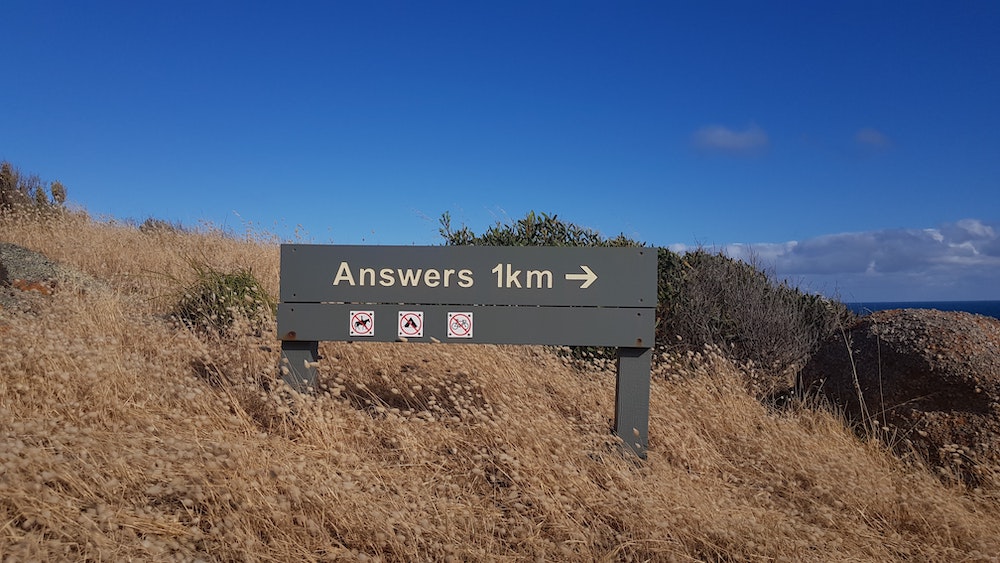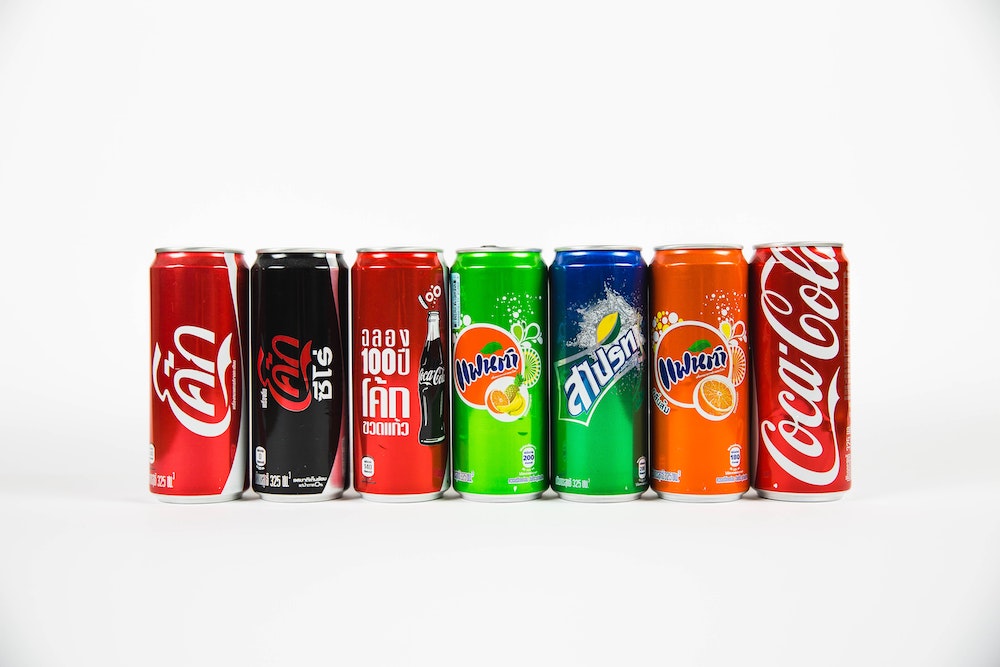
Creating a successful new product depends on crucial market insights. Check out these new product survey questions to get your product off the ground.
In this articleWelcome to your practical guide to what questions to ask in a new product survey, with examples, whether your audience is local or you’re planning on sending an international survey.
Want to gain a valuable perspective on the future direction of your new products? We’ve touched on market research for new product development before, but this article will delve into how your customers can give you feedback that will inform your new product decisions. As well as our product survey template questions to guide your next survey; with our explainer and sample questions, your survey will empower you to gain beneficial insights from clients.
The basic definition of a new product survey is a method of gauging your client’s potential needs and satisfaction with current products. With this article, we want you to take away questions for use in your surveys or questionnaires with this and our other survey templates.
By engaging with your target audience of existing customers, you also open yourself up to a world of relevant information on important features that they can incorporate into your product or service. Respondents are given a chance to say exactly what they value in your product, and you have an excellent opportunity to collect data with the satisfaction survey.

Need more inspiration? We’ve listed the 9 best concept testing examples that have already worked for real brands.

When gathering together the questions for your study, your first thought should be: what am I trying to achieve? One main aim to consider is using the feedback to gain insights to create future products. Other outcomes could include acquiring new customers, retaining current users and changing perceptions of your brand. By having a clear goal, you’ll know what exact questions to employ in your own survey.
Learn the steps for NPD success
Make your new product your best yet with our step-by-step guide to product development, from idea to commercial launch.
How often products are being used is an essential survey question. If you find your product is being rarely used, see if there are additional features or a different price point you could consider as a result of feedback later in the survey. You’ll then be able to follow up on this survey information for new future products. Frequency of use can also dictate aspects like messaging, pricing and naming, among other uses.
Gaining an understanding of the customer experience is an excellent use of collecting feedback. Understanding if the user can use the product with ease or difficulty lets you see whether you need to simplify things. The answers could also help you understand whether clients would need more onboarding or video tutorials, for example, to aid them in using the product.

Survey questions like this allow your research to determine how long people have engaged with your products. This response will then let you cross-reference their satisfaction with their length of ownership.
Having information like this in your survey can determine if your product is built to last or just has short-term satisfaction for customers.
By asking your customers this question, you gather feedback that will be a valuable tool for market research, easily indicating how you measure up against your competition. Customers don’t spend time calculating which brand is the best by calculating market size– they focus on the quality of your product . By seeing how people rate your service versus others, you gauge how close your survey taker is to switching to another brand.

By assessing what features are most valued, you gain data on prioritizing your future product features. Of all the survey questions involving features, this is the one that will demonstrate which feature of your product really is valued. The answer may even surprise you!
Following up with a question on features you may have overlooked is integral for product research because your target market has the most valuable knowledge about the product. So instead of plowing through with a product, see what potential features your customers can alert you to first.
By assessing ways to improve your product in the eyes of current and potential customers, you’ll be on the path to more revenue. Using open text for these questions allows the client to add their thoughts to the survey. This question differs from the previous one because it offers a more personalized look at product use.
This survey question helps measure the satisfaction of the customer and the relationship of price and value for them. If you’re offering a product that creates value for your customers but is too expensive, this may be time for a rethink.
However, suppose this survey lets you know that your product is very affordable in the eyes of your customers. In that case, this will create room for your company to expand those desired features into a more premium product that justifies a higher price.
One potential add-on could be asking customer demographic survey questions to analyze the income of your survey takers and find out whether they can afford your company’s products.

Use of a Net Promoter Score (NPS) question type would be perfect here, giving you a rating for how customers see your product. If you get a high score, then your customers are excellent advocates.
However, if you have a negative score, don’t worry; that’s still useful feedback as well. Net Promoter Score differs from Likert scale questions because they work best in a ‘would you recommend’ format, compared to the Likert scale, which applies more to satisfaction, loyalty, service performance and more.
Gaining knowledge like this is invaluable on your journey to creating new products. Also, by making changes suggested in the survey, you’ll be able to switch dissatisfied customers back into advocates in no time.
Product research survey questions should always include a question that gets to the heart of what issues are solved through the use of the product. Sometimes you may feel like you already have a grasp of it, but then a response could bring a whole new dimension to that problem.
The product survey questions could even help your company develop different ways to market new products and create features that market this new problem that your product solves directly.
In product research terms, this question allows you to gather what your product selling points are. This question can be measured with a free text question type, giving the responder ample opportunity to wax lyrical about what you do best.

Learning about what people like least about your product is never easy. Still, if clients are willing to give you constructive criticism on where they feel you need to improve, this product research will be valuable in creating your next new product.
Depending on your survey goals, you may want to close the question to be more about your overall product and features or open it out to be broader about your brand.
Rounding off the product survey questions with something that gets to the heart of how customers use the product will give you a clear picture of day-to-day use. With previous questions having looked at frequency and simplicity, this short survey will allow you to have a fully-formed picture to help flesh out your new product research.
Get the guide to new product development
Our expert guide to market research for NPD comes with all the info you need to develop spectacular products your audience will love.
New product surveys are excellent for valuable product research feedback. By doing your own survey, you’ll gain a more nuanced insight into customer perceptions of your product and how it can aid future new products.
For a deeper dive into survey questions, check out our 100 great survey questions and copy testing questions. For a practical template that you can use for your own survey, try our concept testing survey template. Not sure what to write in your survey? We’ve listed the best concept testing survey questions here.
And if you’ve already created your amazing new product, next up is to figure out how to market it—check our rundown on how to market a new product.

Customer Research Lead
Elliot joined Attest in 2019 and has dedicated his career to working with brands carrying out market research. At Attest Elliot takes a leading role in the Customer Research Team, to support customers as they uncover insights and new areas for growth.